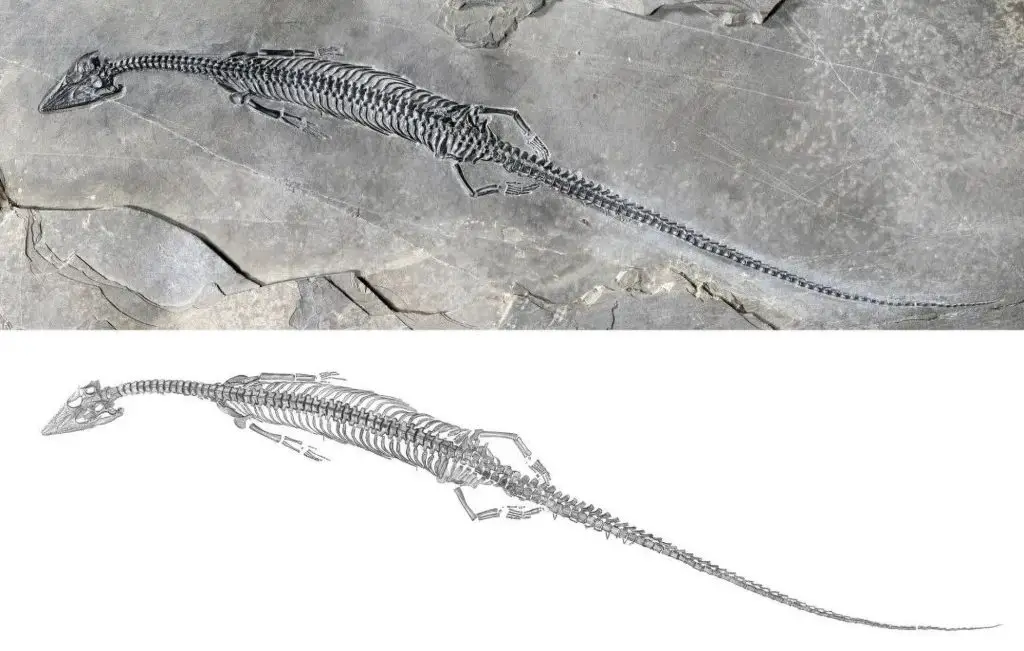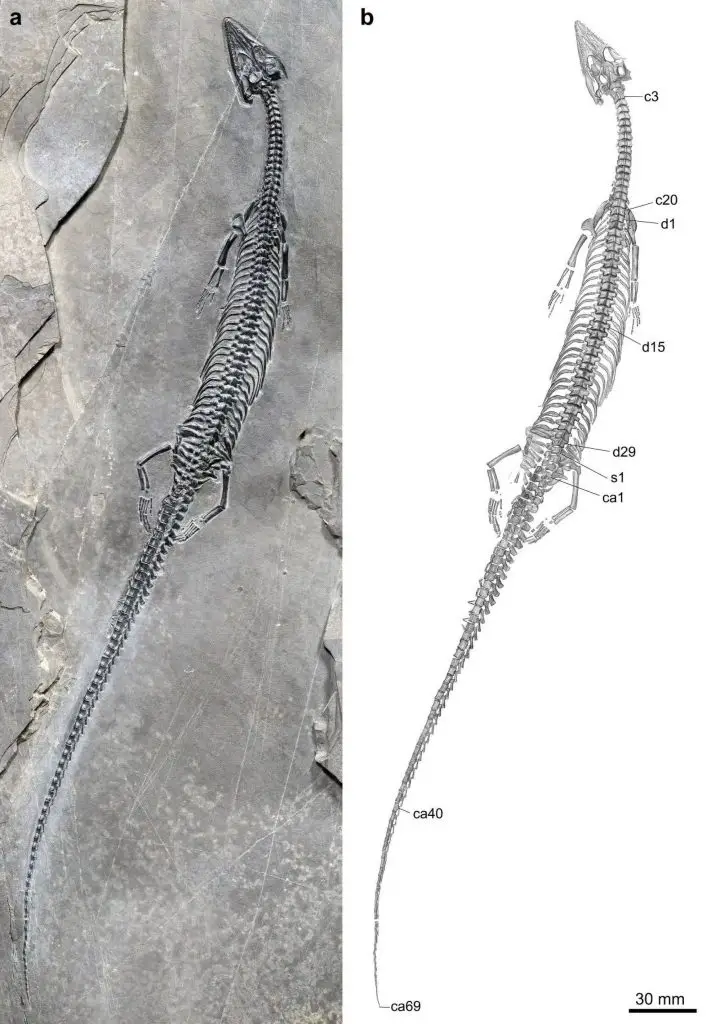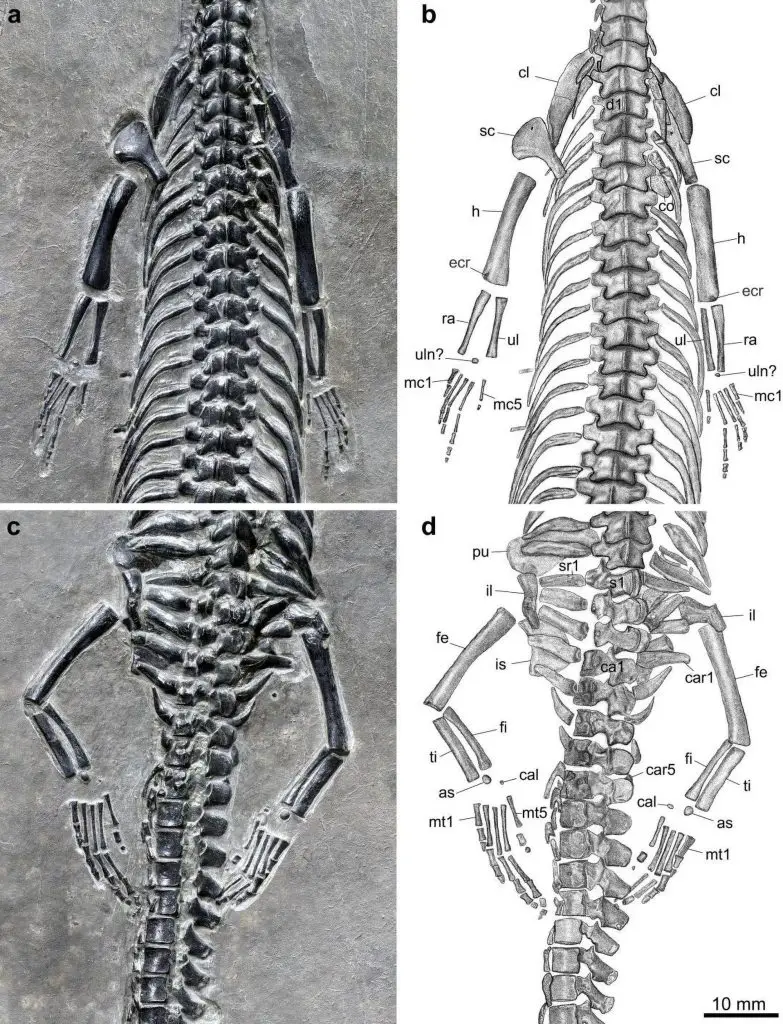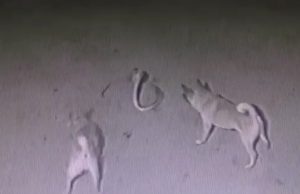Story By: Ana Marjanovic, Sub-Editor: Michael Leidig, Agency: Newsflash
A previously unknown species of aquatic reptile which had the longest ever recorded tail has been discovered by scientists in China.
The newly discovered prehistoric creature dubbed “Long-tailed Red River Dragon” has been given the scientific name Honghesaurus longicaudalis, and the experts studying it confirmed it had the longest tail of any known pachypleurosaurs.
Pachypleurosaurs are described as primitive aquatic lizards that lived exclusively in the Triassic period, and their most notable feature is the inundated shape.

They range in size from 20 cm to about a metre in length and had small heads, long necks, and limbs which they used to paddle with as well as tails that help them swim. This particular specimen is 47.1 cm long but the tail spans more than half of his body length at 25.4 cm. It also contains an incredible 69 vertebrae, which is far more than any other pachypleurosaur server discovered, which typically have no more than 58.
By means of comparison, human beings have just 33 vertebrae, and in the fossil, it would have meant that the Triassic creature would have been an excellent swimmer.
Their sharp teeth indicated that they probably fed on fish from that time and although they had limbs, they were relatively short and it is not believed that they spent much time on land

The new fossil discovery reported in “Scientific Reports” was found in Yunnan province and it is believed to date back to when the animal would have lived some 244 million years ago during the Triassic period.
They added that it was the oldest fossil ever found in this particular type of dinosaur.
Xu Guanghui, a researcher from the Institute of Vertebrate Paleontology and Paleoanthropology at the Chinese Academy of Sciences, said when he first saw the Honghesaurus fossil, he was told that it might be another previously discovered reptile called Wumengosaurus.

But Xu doubted this and further research confirmed that the animal seen in the fossil was actually an evolutionary transition between two species of pachypleurosaurs, namely Qianxisaurus and Wumengosaurus.
Scientists discovered Pachypleurosaurus fossils in the Alps in 1854. The first named marine reptile discovered in China also happened to belong to this family. It was called Keichousaurus, and was discovered by Chinese palaeontologist Hu Chengzhi in 1957.
Pachypleurosaurs are basal members of the superorder Sauropterygia, including the plesiosaurs, the iconic large, long-necked marine reptile that ruled the Jurassic seas.



